Boston Fern Repotting: How And When To Repot Boston Ferns


A healthy, mature Boston fern is an impressive plant that displays a deep green color and lush fronds that can reach lengths of up to 5 feet (1.5 m.). Although this classic houseplant requires minimal maintenance, it periodically outgrows its container-- usually every two to three years. Repotting Boston fern into a larger container isn't a difficult job, but timing is important.
When to Repot Boston Ferns
If your Boston fern isn't growing as rapidly as it usually does, it may need a larger pot. Another clue is roots peeking through the drainage hole. Don't wait until the pot is badly root bound. If the potting mix is so root-compacted that water runs straight through the pot, or if the roots are growing in a tangled mass on top of the soil, it's definitely time to repot the plant. Boston fern repotting is best done when the plant is actively growing in spring.
How to Repot a Boston Fern
Water the Boston fern a couple of days before repotting because moist soil clings to the roots and makes repotting easier. The new pot should be only 1 or 2 inches (2.5-5 cm.) larger in diameter than the current pot. Don't plant the fern in a large pot because the excess potting soil in the pot retains moisture that may cause root rot. Fill the new pot with 2 or 3 inches (5-8 cm.) of fresh potting soil. Hold the fern in one hand, then tilt the pot and guide the plant carefully from the container. Place the fern in the new container and fill in around the root ball with potting soil up to about 1 inch (2.5 cm.) from the top. Adjust the soil in the bottom of the container, if necessary. The fern should be planted at the same depth it was planted in the previous container. Planting too deeply can harm the plant and may cause root rot. Pat the soil around the roots to remove air pockets, then water the fern thoroughly. Place the plant in partial shade or indirect light for a couple of days, then move it to its normal location and resume regular care.
Gardening tips, videos, info and more delivered right to your inbox!
Sign up for the Gardening Know How newsletter today and receive a free copy of our e-book "How to Grow Delicious Tomatoes".

A Credentialed Garden Writer, Mary H. Dyer was with Gardening Know How in the very beginning, publishing articles as early as 2007.
-
 Zinnias On Repeat: 10 Glorious Cut-And-Come-Again Varieties For Endless Summer Bouquets
Zinnias On Repeat: 10 Glorious Cut-And-Come-Again Varieties For Endless Summer BouquetsThese zinnia varieties keep giving all summer, making them the perfect choice for dedicated cutting gardens – or just the occasional homegrown bouquet.
By Ellen Wells
-
 Create A Romantic Garden Straight Out Of Bridgerton: Regency Era Romance In Your Garden
Create A Romantic Garden Straight Out Of Bridgerton: Regency Era Romance In Your GardenTry some romantic garden ideas straight out of Bridgerton. Flowers and gardens in the Regency era were lush and charming and you can get the same look!
By Bonnie L. Grant
-
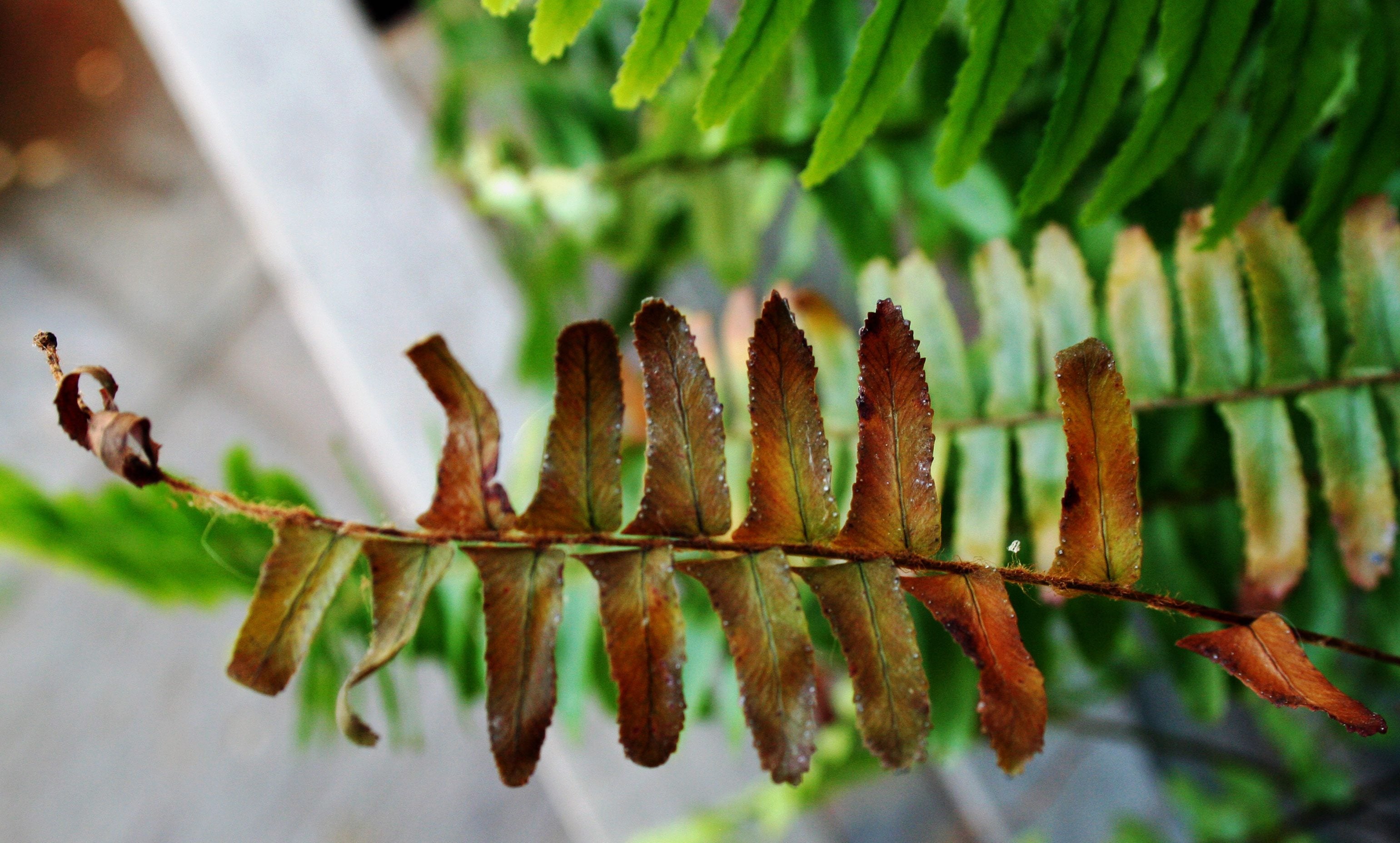 Boston Fern With Black Fronds: Reviving Black Fronds On Boston Ferns
Boston Fern With Black Fronds: Reviving Black Fronds On Boston FernsIt can be so disheartening to see your vibrant green Boston fern fronds turning black, or even brown. To learn what causes a Boston fern with black fronds, and what to do about it, take a look at the article that follows. Click here for more info.
By Liz Baessler
-
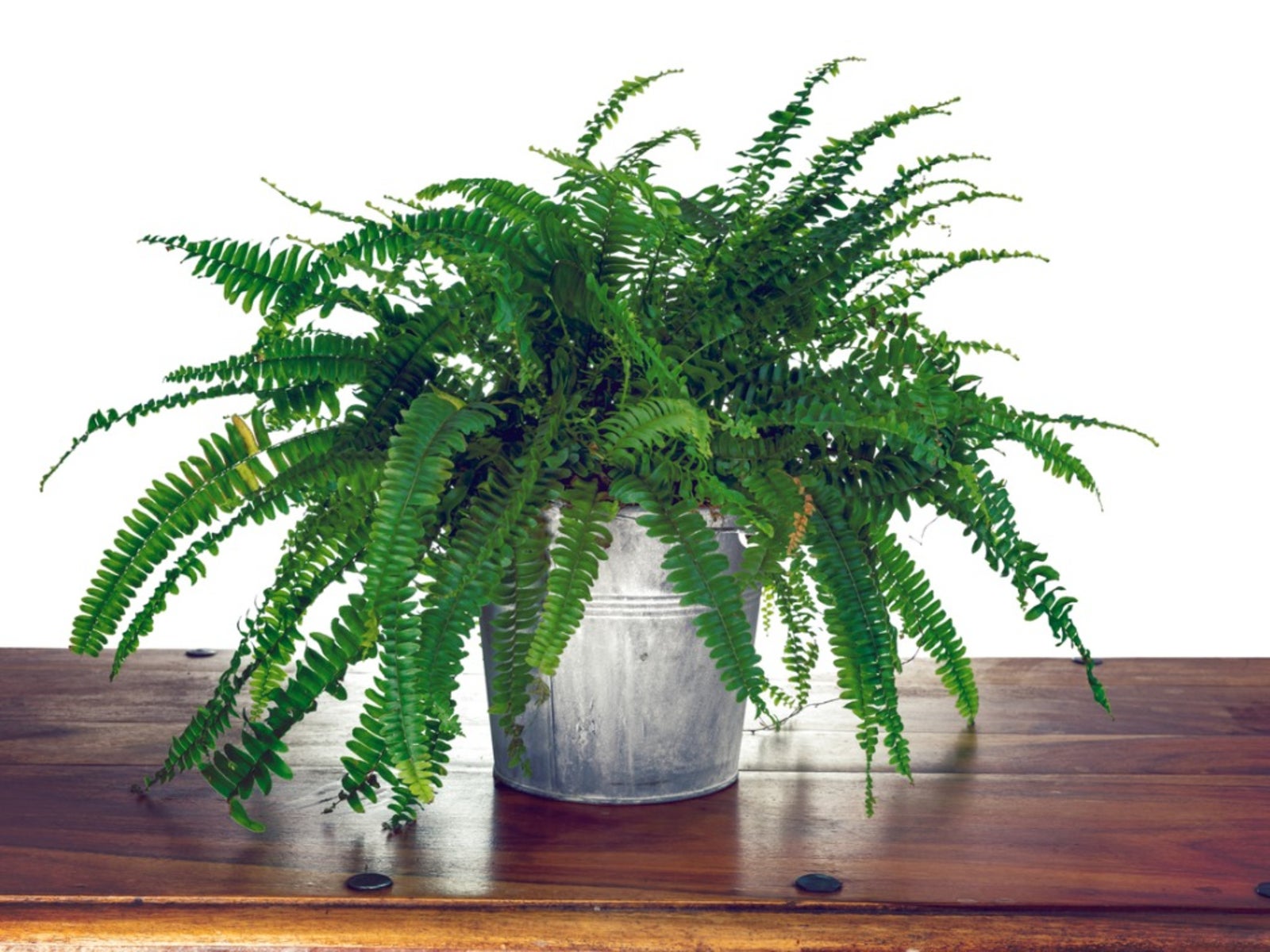 Boston Fern Diseases: Caring For Unhealthy Boston Ferns
Boston Fern Diseases: Caring For Unhealthy Boston FernsBoston ferns require adequate sunlight, water and nutrients to thrive, and good cultural practices help keep them healthy. If it doesn't get the best care - or even if it does - it may be attacked by diseases. Click here to learn more.
By Teo Spengler
-
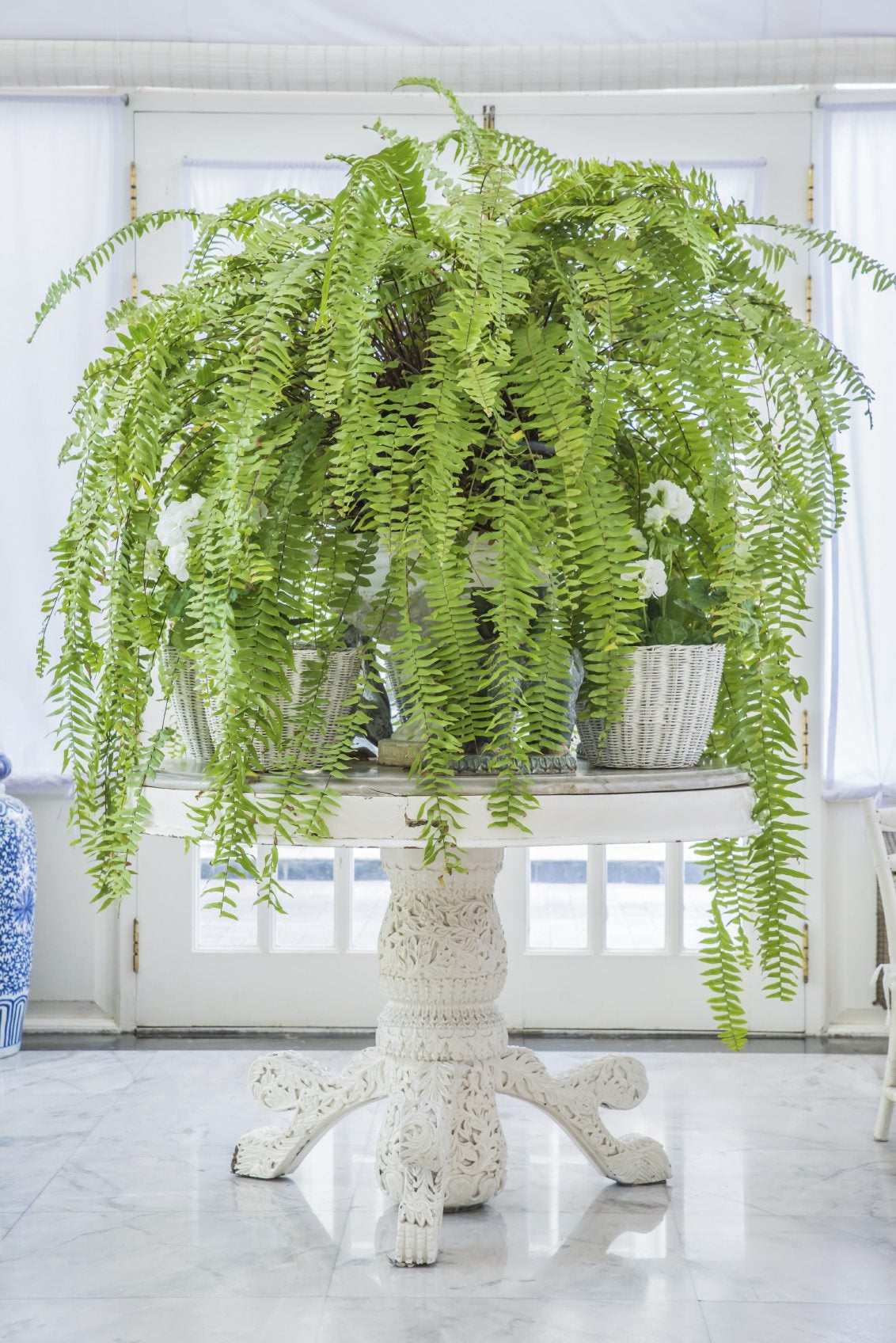 Boston Fern Light Conditions: How Much Light Does A Boston Fern Need
Boston Fern Light Conditions: How Much Light Does A Boston Fern NeedLight requirements for Boston ferns is a critical aspect of successful growing. Read this article to learn about Boston fern light needs, including Boston fern light conditions. Click here for more information.
By Mary H. Dyer
-
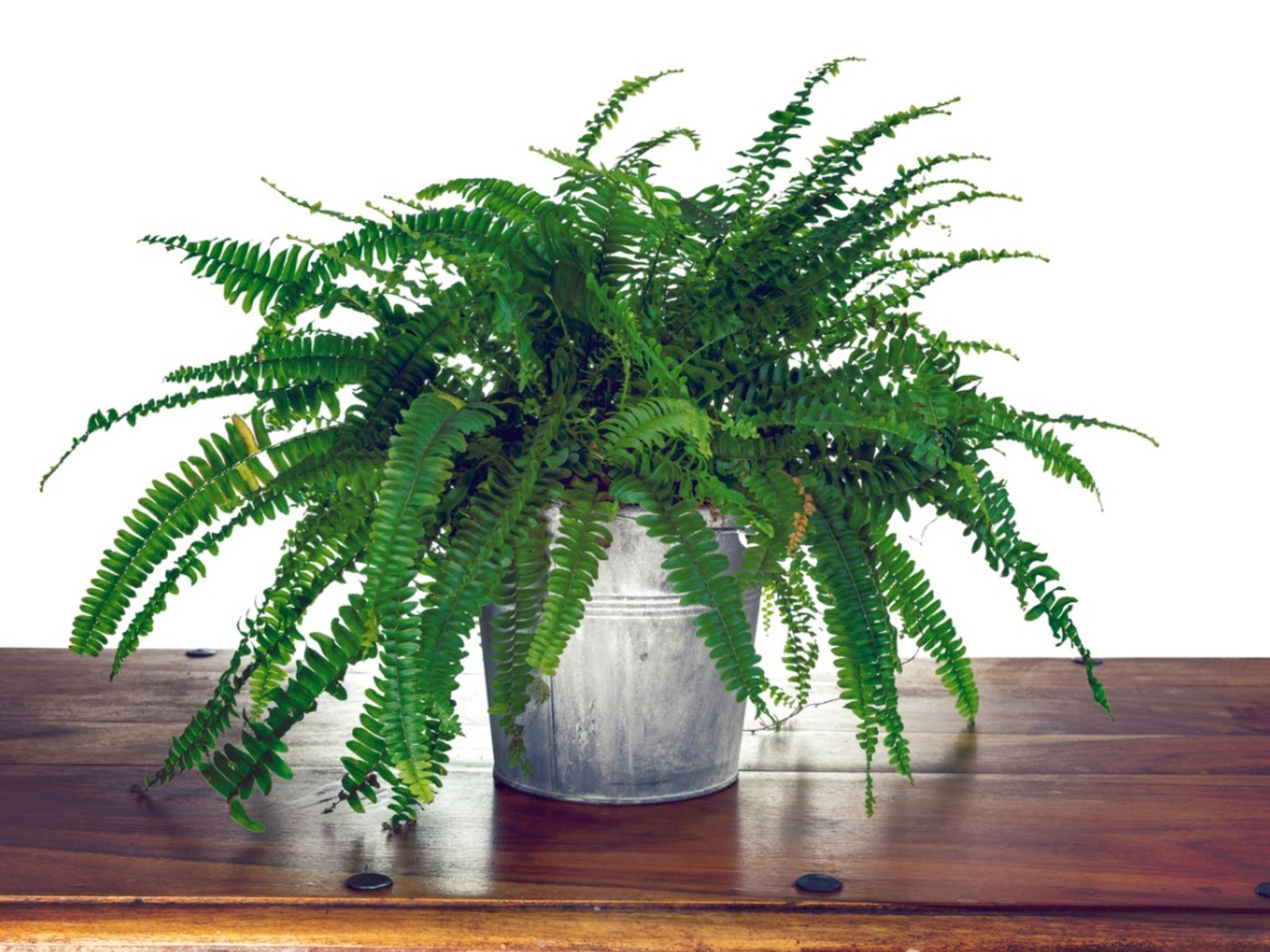 Boston Fern Humidity - Learn About Boston Fern Misting Needs
Boston Fern Humidity - Learn About Boston Fern Misting NeedsBoston fern is native to tropical climates and without a high level of humidity, the plant is likely to display dry, brown leaf tips, yellow leaves, and leaf drop. Read this article to learn more about improving Boston fern indoor air.
By Mary H. Dyer
-
 Boston Fern Leaf Drop: Why Leaflets Fall From Boston Fern Plants
Boston Fern Leaf Drop: Why Leaflets Fall From Boston Fern PlantsBoston ferns are great indoor accent plants, but they've earned a reputation for being difficult to care for due to frequent yellowing, drying or dropping of their leaves once inside. Learn how to prevent or halt Boston fern leaf drop in this informative article.
By Kristi Waterworth
-
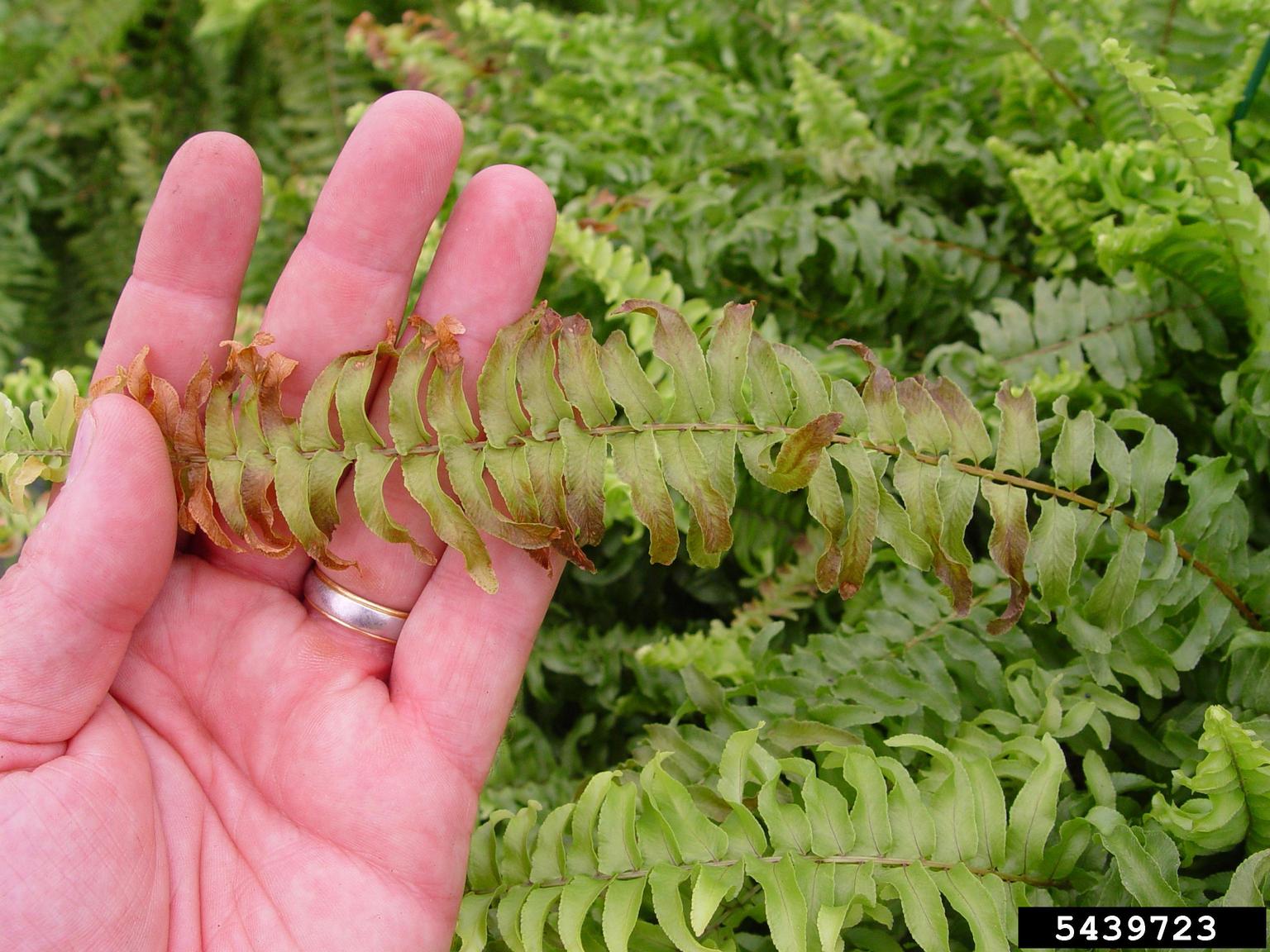 Boston Fern Turning Brown: Treating Brown Fronds On Boston Fern Plant
Boston Fern Turning Brown: Treating Brown Fronds On Boston Fern PlantThe Boston fern plant requires plenty of humidity and low light to prevent the fern from turning brown. If you have a Boston fern with brown leaves, it might be cultural or simply having the wrong site for the plant. Learn more in this article.
By Bonnie L. Grant
-
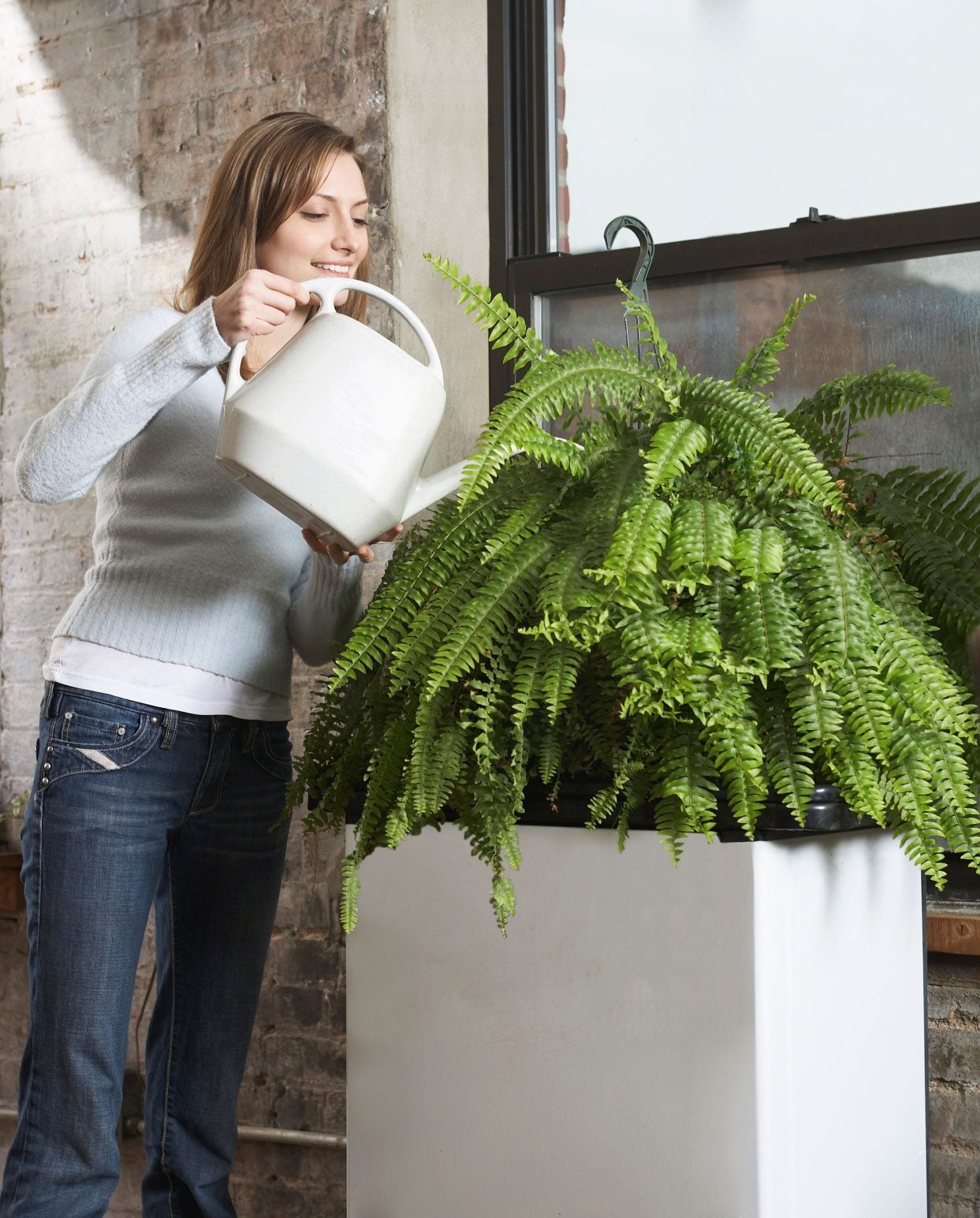 Watering A Boston Fern: Learn About Boston Fern Watering Needs
Watering A Boston Fern: Learn About Boston Fern Watering NeedsWatering a Boston fern isn't rocket science, but understanding how much and how often to water requires a bit of practice and careful attention. Click here for more info.
By Mary H. Dyer
-
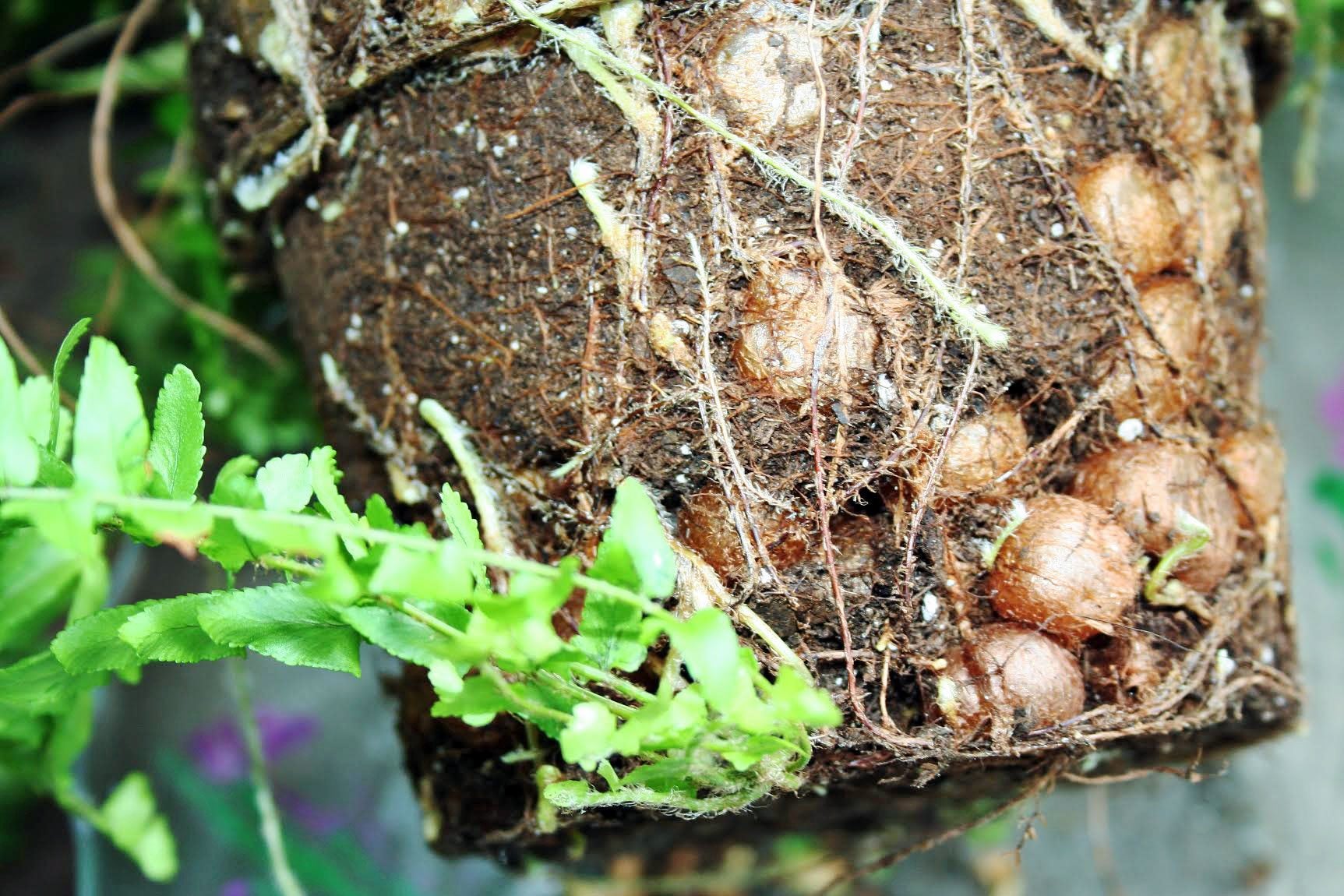 Root Nodules On Boston Fern: What Are The Balls On Roots Of Fern Plants
Root Nodules On Boston Fern: What Are The Balls On Roots Of Fern PlantsBoston fern, also known as sword fern, is a dependable plant with masses of long, graceful fronds. One might also notice root nodules on Boston fern plants, of which this article explores. Click here for more information.
By Mary H. Dyer